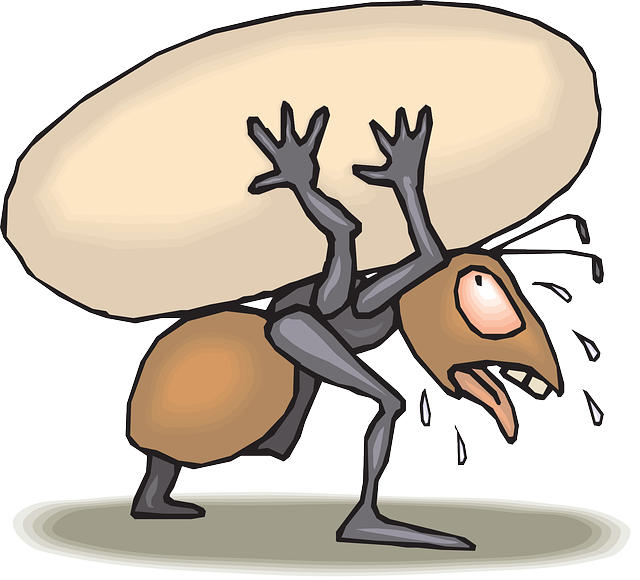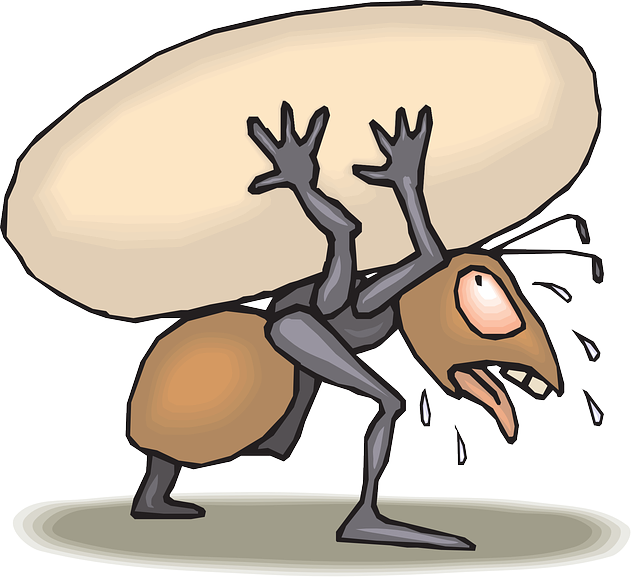Ants pose challenges due to their complex social structures and specialized roles within colonies. Effective ant control requires understanding their behaviors and habitat preferences, such as identifying signs like trails, nests, and holes. Non-chemical methods include physical removal, competitive species introduction, dethatching, and using natural repellents. Chemical solutions disrupt ant pheromone trails but should be used with caution by professionals following regulations. Long-term prevention involves sealing entry points, regular cleaning, and maintaining a clean environment. For persistent or widespread infestations, professional ant control services are recommended, prioritizing safety during nest removal.
Ants, with their complex colonies and intricate behavior, can quickly transform a home or business into a bustling battlefield. Understanding their habits is the first step towards effective ant control. This guide delves into the world of ant infestations, offering insights on identifying signs, various removal methods (including non-chemical and chemical solutions), prevention strategies, and safety tips for tackling these persistent intruders. Mastering ant control means knowing when to seek professional assistance for a peaceful co-existence.
Understanding Ant Behavior and Habitats

Ants are highly organized creatures, living in complex colonies with a distinct social structure and specialized roles. Understanding their behavior is crucial for effective ant control. Each colony consists of queens, workers, and males, each with unique functions. Workers are responsible for foraging food, nurturing young, and maintaining the nest, while queens lay eggs to ensure the colony’s growth. Males primarily exist to mate with new queens during swarming seasons. Ants prefer specific habitats, often choosing locations that offer protection and easy access to food sources. They can inhabit a range of environments, from forests to urban areas, with some species even adapting well to human dwellings. Identifying their preferred habitats is essential for targeted ant control measures.
By studying these behaviors and habitats, homeowners and professionals alike can develop strategies to prevent and manage ant infestations more effectively. This knowledge enables the use of appropriate methods, such as removing food sources, sealing entry points, and applying targeted treatments, ensuring a more comprehensive approach to ant control.
Identifying Signs of an Ant Infestation

Ants are relentless invaders that can quickly turn into a full-blown infestation if left unchecked. The first step in effective ant control is identifying the signs of their presence. Look for small trails of ants scurrying along floors, walls, or even your furniture. These paths often lead to a source of food, which could be as simple as a spill or a crack in packaging. Another clear indication is an ant hill or nest, typically found outdoors but sometimes appearing inside, especially in dark, damp areas.
Keep an eye out for discarded ant parts like wings (if they’ve shed them) and small holes or tunnels, as these are all indicators of an active colony nearby. Regular cleaning and sealing entry points can help deter ants from invading your space. Prompt action is crucial when dealing with ants; the longer you wait, the harder it becomes to eliminate the problem at its source, leading to a more extensive and challenging ant control process.
Non-Chemical Methods for Ant Control

When it comes to ant control, non-chemical methods offer a safer and more eco-friendly approach to managing these pests. One effective strategy is physical removal, which involves directly targeting and eliminating ant nests. This can be done by locating the nest, often identified by worker ants scurrying back and forth, and then physically destroying it. Dethatching or removing debris around your property can also help, as ants often use these materials to build their nests.
Another natural method is using competitive species. Introducing ant predators like spiders, wasps, or certain beetles into affected areas can disrupt the ant population. Planting herbs known for their insect-repelling properties, such as lavender, mint, and lemongrass, around your home may also deter ants from entering. These methods not only provide effective ant control but are more sustainable and harmless to pets and the environment compared to chemical alternatives.
Chemical Solutions for Effective Ant Removal

Ants can be a persistent and annoying problem, but there are chemical solutions available for effective ant control. These products contain active ingredients that disrupt the pheromone trails ants use to communicate, disrupting their colony structure and ultimately eliminating their presence. Sprays, baits, and powders are common forms of chemical treatments, offering targeted applications to minimize environmental impact.
When considering ant control, it’s crucial to choose a product suited for your specific needs. Professional pest control services can recommend the most effective chemical solutions based on the type of ants infesting your space. They ensure safe handling and application, maximizing results while adhering to safety regulations.
Preventing Future Ant Infiltrations

After successfully removing an ant nest, preventing future infiltrations is crucial for maintaining a pest-free environment. The first step involves identifying and sealing any entry points ants might use to access your home or property. Inspect your walls, floors, and doors for cracks or gaps and fill them with appropriate sealants to create a barrier that discourages ant activity. Regular cleaning and sanitizing are also essential; wipe down surfaces with disinfecting solutions to eliminate pheromone trails that may attract more ants.
For long-term ant control, it’s beneficial to keep your surroundings clean and free of potential food sources. Store food in airtight containers, promptly clean up spills or crumbs, and ensure garbage bins are secure and regularly emptied. Additionally, maintaining a healthy garden by trimming vegetation and removing decaying wood can significantly reduce ant habitats nearby, making it harder for them to locate and enter your living spaces.
When to Seek Professional Assistance

If you’ve noticed an ant infestation in or around your home, it’s crucial to take action promptly for effective ant control. However, determining when to seek professional assistance is essential. While DIY methods can be effective for minor infestations, a persistent or widespread issue may require the expertise of pest control specialists.
Ants can quickly multiply and establish new colonies, making timely intervention vital. If you’ve tried over-the-counter treatments without success or if the infestation seems out of your control, it’s time to call in the pros. Professional ant control services have the necessary tools, knowledge, and experience to identify the ant species, locate their nests, and eradicate them completely, ensuring a lasting solution for your peace of mind.
Safety Precautions During Ant Nest Removal

When it comes to ant nest removal, safety should always be the top priority. Ants can be aggressive defenders of their colonies and may bite or sting if disturbed. Wearing protective gear such as gloves, long sleeves, and pants is crucial for Ant control. Additionally, ensuring proper ventilation in the area and avoiding the use of flammable liquids nearby are essential precautions to prevent accidental fires.
Before beginning any ant nest removal process, identify the species of ants to understand their behavior and the best approach for Ant control. Some ants, like fire ants, require special care due to their potent stings. Proper disposal of the removed nest is equally important; seal it in a plastic bag and place it in an outdoor trash can to avoid reinfestation.
